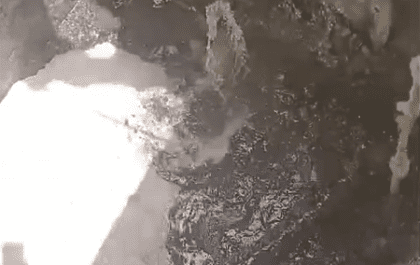Air quality is a significant factor in public health, influencing a wide range of health issues. Poor air quality, particularly in urban areas, is a growing concern due to its detrimental effects on human health. Pollution occurs when an amount of any substance or any form of energy is put into the environment at a rate faster than it can be dispersed or safely stored.
Does pollution cause climate change?
Air pollution is the main cause of climate change. Smog, a combination of smoke and fog, and fog alone can severely affect the lives of humans and transportation systems. It reduces visibility, flight take-off, and landing, Road accidents are commonly occurring. Railways: Fog obscures signals and tracks, causing delays and accidents. We shall restrict our topic to air pollution and its effects and how we can reduce pollution.
Air pollution levels should not exceed PM2.5 concentrations of 10 µg/m³ (annual) or 25 µg/m³ (24-hour) and PM10 concentrations of 20 µg/m³ (annual) or 50 µg/m³ (24-hour) to avoid adverse health effects.
Preventive Measures for Air Quality Improvement
To mitigate the adverse effects of poor air quality, several measures can be adopted:
1. Regulation and Policies: Governments can enforce strict regulations on industrial emissions, vehicular exhausts,
2. Promotion of Public Transport: Encouraging the use of public transport, cycling, and walking can reduce the number of vehicles on the road.
3. Renewable Energy Sources: Transitioning to renewable energy sources such as solar, wind, and hydroelectric power can significantly reduce air pollution.
4. Tree Planting and Green Spaces: GO green planting trees help absorb CO2 and other pollutants.
Overcoming Transportation Challenges
The following measures can be implemented:
1. Advanced Technology and Weather Forecasting Systems Utilizing advanced technologies such as radar, GPS, and automatic braking systems in vehicles can help mitigate the risks associated with reduced visibility. Weather forecasting systems can help anticipate weather conditions, allowing for better preparation.
2. Infrastructure Improvements: Enhancing infrastructure, such as better road lighting, reflective road markers, and warning low-visibility condition systems, can improve safety. Airlines and railways can adjust their schedules based on weather predictions, ensuring that safety is prioritized and minimizing disruptions.
By implementing comprehensive strategies and utilizing technological advancements, it is possible to mitigate these challenges and ensure the safety and well-being of individuals.
Popular Stories
How To Revive Your Rainwater Harvesting System
The Water Couple’s Journey: From Cleaning Tanks to Complete Water Solutions!
Locals Felling Trees Near Sec A Pkt C
Winning Has Become a Habit for Divya
Is Green Park Heading Towards A Slum
Haphazard Parking, Narrow Walking Space In M Block Market
Recent Stories from Nearby
- होली मिलन रंग पंचमी पर April 12, 2025
- Emerald Court Celebrates a Grand Holi! April 12, 2025
- Flower Show 2025 Was Grander! April 12, 2025
- Result Day at Books For All April 12, 2025
- Happy Birthday Senior Citizens April 12, 2025






